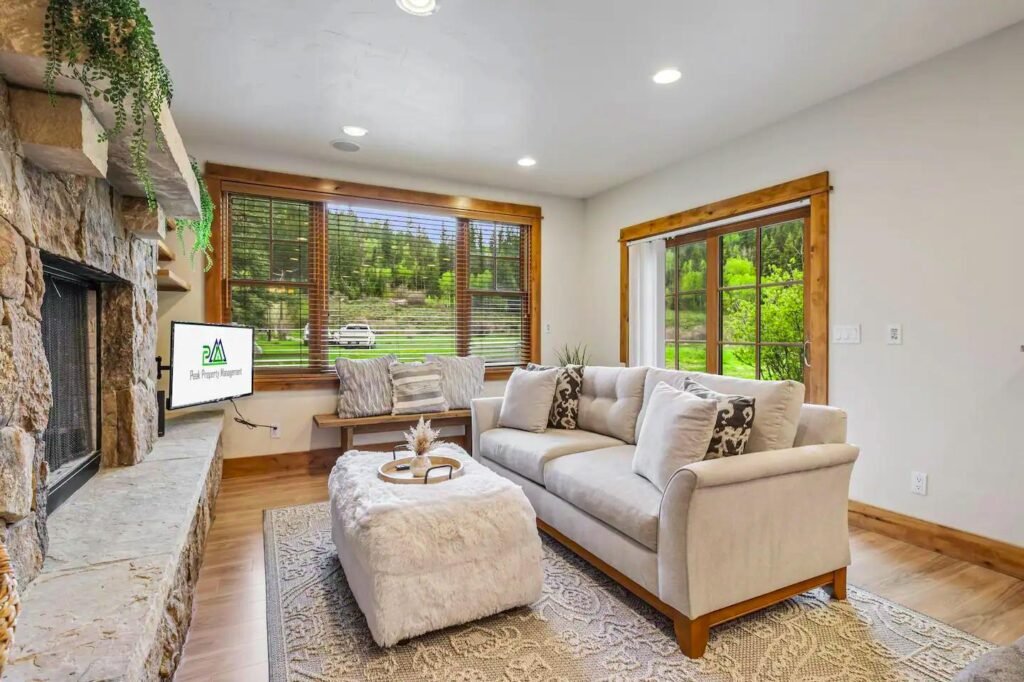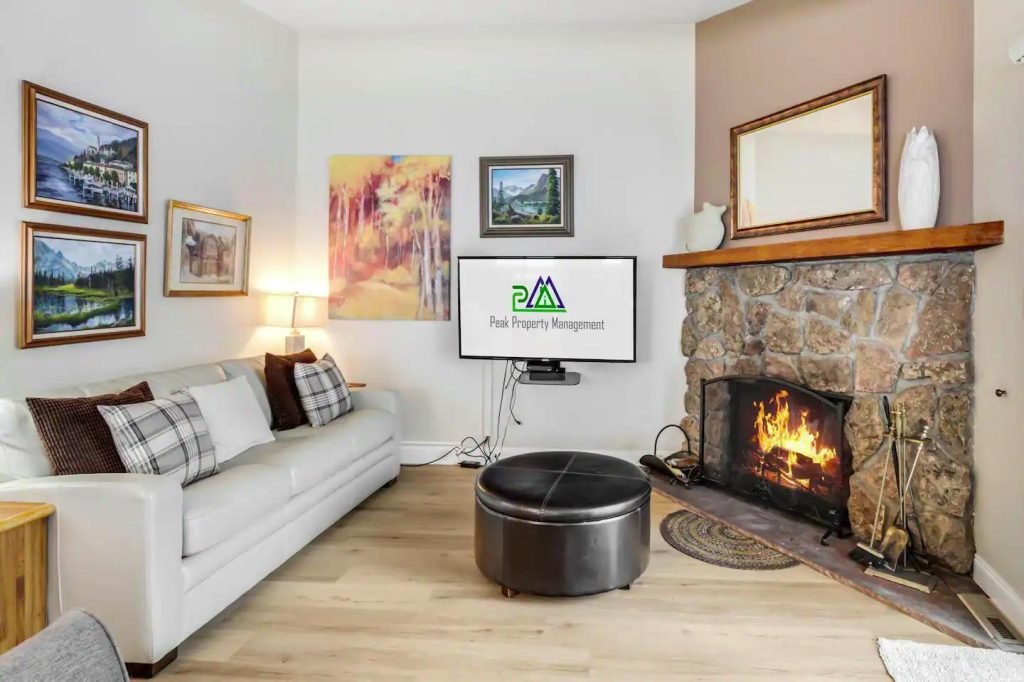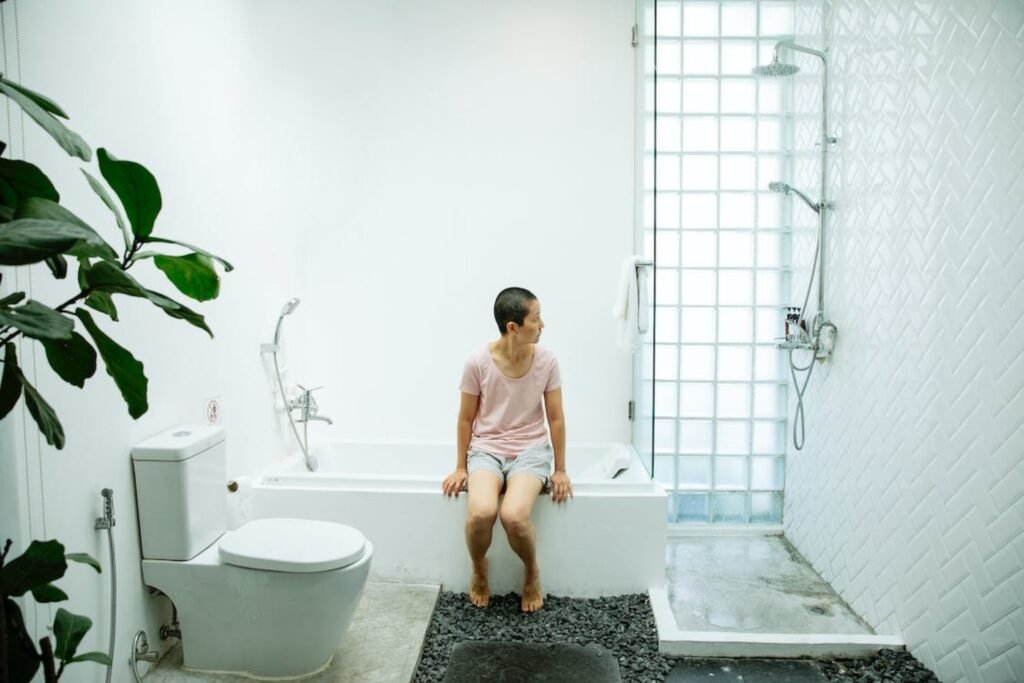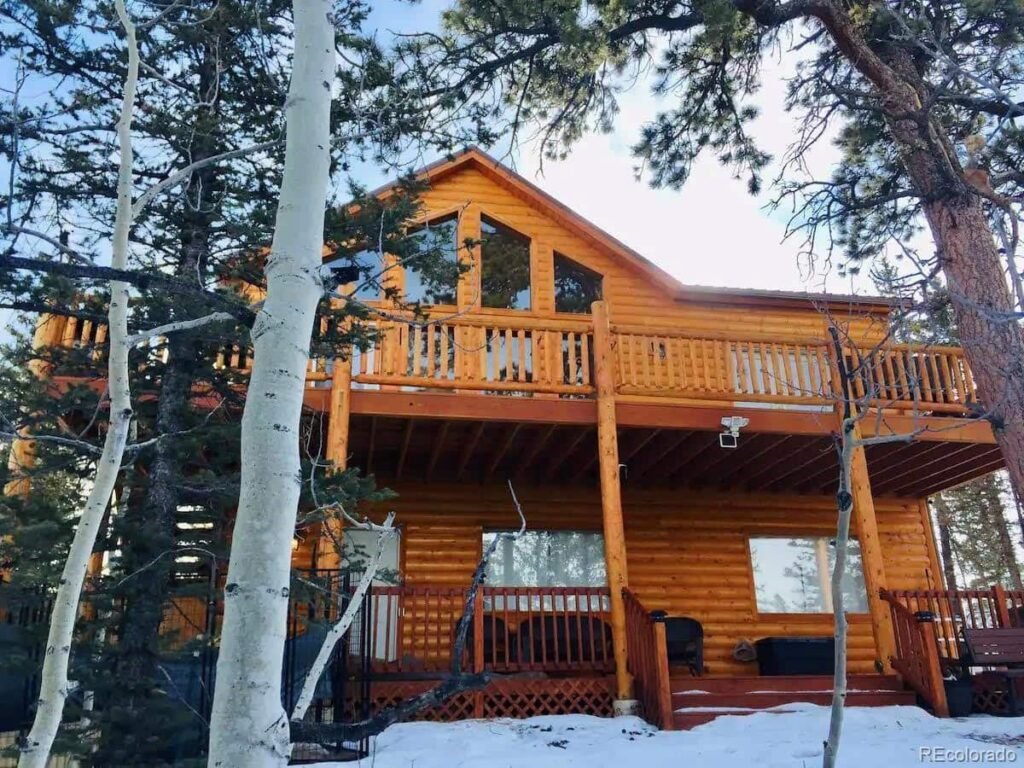‘Wow Factor’ and ROI: The Benefits of Integrated Smart Home Technology
It wasn’t that long ago that smart technology/home automation was considered the “coming thing,” heralding a brighter future for homeowners who could expect to benefit from greater convenience and cost-efficiency in years to come. Well, it appears that those “years” have arrived. Today, smart technology has become a “must-have” for homebuyers, particularly millennials and Gen Xers, for whom technology-enhanced living is second nature. Staging a home for sale has typically meant applying fresh paint, making the lawn look immaculate, and keeping your house spick and span. But that might not be enough anymore. Smart devices not only boost return on investment, they’re an expectation among a great many buyers.
Home automation can help keep energy costs under control, maintain home security, and allow you to control lighting, temperature settings, shades, and locks from remote locations. Statistics bear out the fact that adding smart home features can raise the value of your property, an important factor, especially if you’re planning on selling soon.
Temperature control
The days of twirling the little dial on your thermostat are coming to an end. Today, smart, self-programmable thermostats not only maintain pre-set comfort levels, they can “learn” your temperature preferences, recognize whether or not anyone is home and when someone has left or entered a room, and modify the settings accordingly. There’s little or no need for you to physically manipulate settings, as the unit automatically lowers the temperature at bedtime and raises it when you get up in the morning. Some models have a mobile app that can show reports indicating how much money you’re saving from month to month. And many models have an easily accessible dashboard with data indicating your average temperature settings, how the system has adjusted them for you, and how much money you’re saving as a result.
Smart lighting
Smart lighting allows you to make efficient use of lighting via your smartphone app and motion sensors. You can set lighting schedules so that lights turn on or off automatically according to the parameters you set. You can also use sensors to trigger lights based on motion, when someone opens a door, and more. Smartphone apps also make it easy to dim or brighten lights in a room or part of the house, based on need and the amount of available natural light.
Home security
Smart locks are among the most popular home automation features and make a very strong first impression among prospective buyers. People, especially those who are concerned about security issues, respond favorably to remote access and e-key pads with programmable codes, which make keys unnecessary and provide a more reliably secure way to protect your home from break-ins. You can find a wide selection of smart locks on Amazon, including one that costs less than $90. You can also install a security system that works through your smartphone, allowing you to ensure that all doors and windows are secured and making it possible to monitor activity in and around your home via a mobile app.
Central control
Most real estate agents agree that the best approach to smart home automation is to integrate and centralize control of your smart technology features. Acquiring automation features that operate independently of each other is inefficient, and apt to create connection problems, and require troubleshooting later on.
Smart home technology is an increasingly common feature among homeowners and a highly desirable one for young, new home buyers. Homes that feature integrated temperature, light, and security control have a certain “wow” factor, generate a tremendous amount of ROI, and considerably increase your chances of selling at your optimal price.
Credits 1






